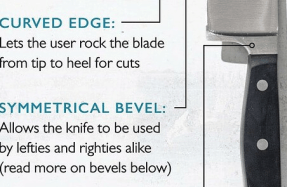Greek Cheeses

heese making in Greece is an ancient art—one that dates back to Homer’s time, when the poet wrote in about Polyphemus, the cyclops shepherd whose “cheese-racks were loaded with cheeses” and, the tangy, creamy-yet-crumbly block that, according to DOP standards, must be made from at least 70 percent sheep’s milk. A by-product of feta production, is a smooth, buttery round made from sheep’s- or goat’s-milk whey; it’s often drizzled with honey for dessert. another whey cheese, is typically stronger-flvored and tangier. The cheese pie kasseropita is made by layering sheets of phyllo dough with a mixture of egg and a stretched-curd cheese similar to provolone. Young, mild is popular for snacking, but aged versions are sharp and hard—more suitable for grating into moussaka. Brilliant white is also consumed at multiple stages: when it’s fresh and delicately lemony and when it’s aged and boasts a sherry-like aroma. To make natives of Mytilini shape the cheese in molds fashioned from reeds and age it in olive oil. Unlike most other DOP Greek cheeses, the smoked, wax-coated is made with cow’s milk. Mellow, nutty is often batter-fried as saganaki. Soft, spreadable a specialty of the Cyclades, packs a peppery bite—the result of repeatedly kneading the mold-ripened curds so that they form an evenly pungent paste.
You’re reading a preview, subscribe to read more.
Start your free 30 days



